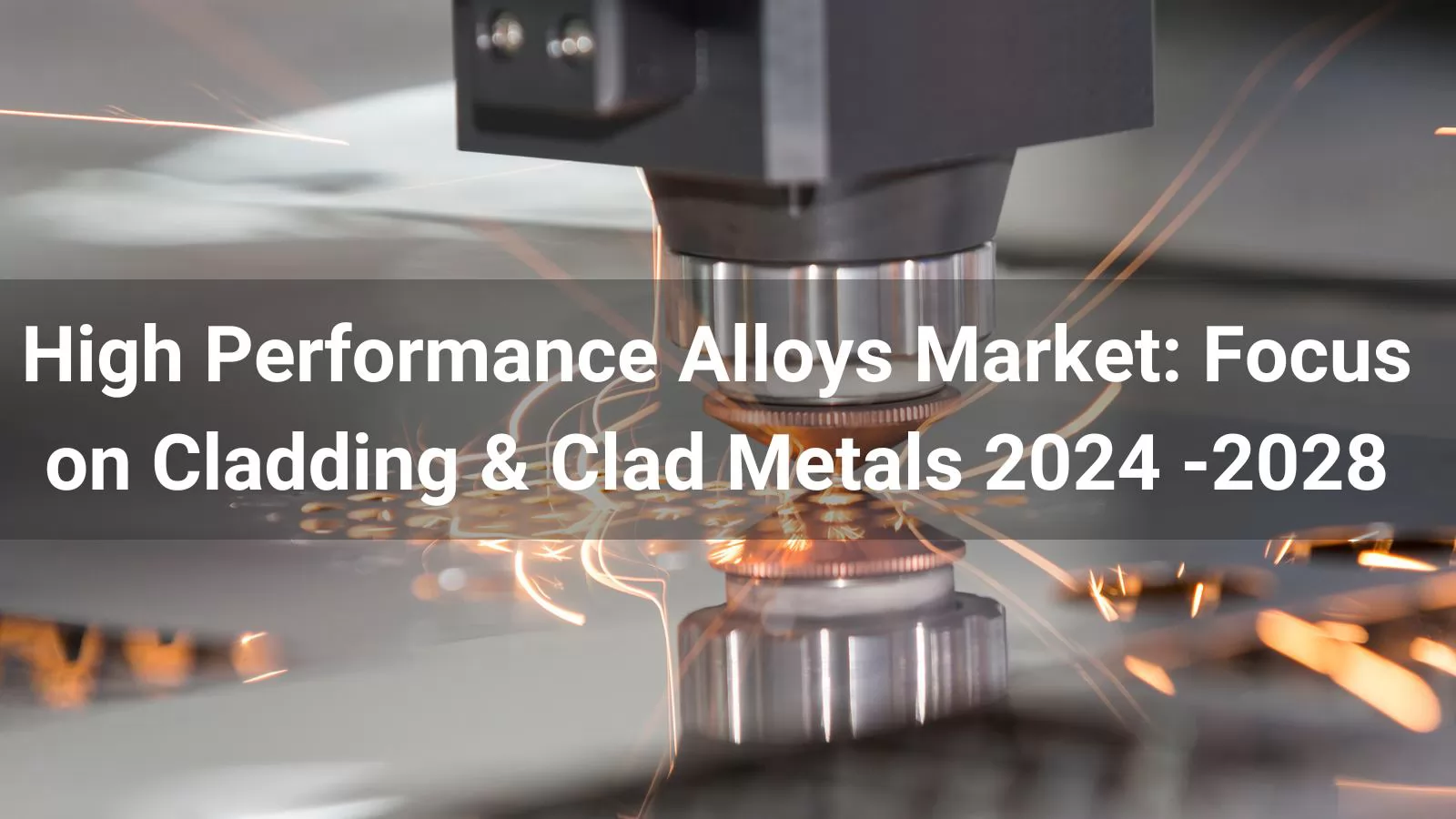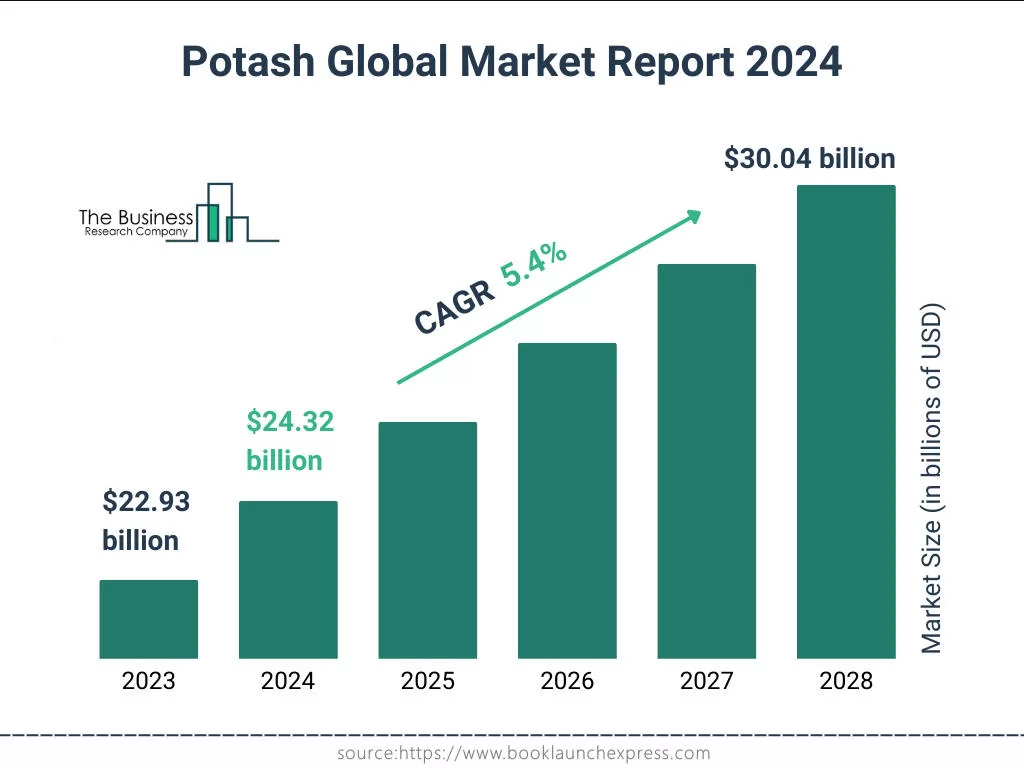


The global high-performance alloys market is experiencing significant growth as demand for advanced materials continues to rise across various industries, including aerospace, automotive, oil and gas, and electronics. These alloys are engineered to deliver superior mechanical properties, including high strength, enhanced resistance to oxidation, corrosion, and thermal creep, making them ideal for use in extreme conditions. As a result, high-performance alloys play a crucial role in advancing technologies and improving the efficiency and durability of industrial applications.
In this blog post, we will dive deeper into the high-performance alloys market, its segmentation, growth drivers, trends, and key players. Additionally, we will explore the significance of cladding materials, which are essential in many high-performance alloy applications, including industries like oil and gas and electronics.
High-performance alloys are specialized materials designed for use in demanding environments where standard metals may fail. These alloys are crafted to offer specific advantages such as:
There are two main categories of high-performance alloys: wrought alloys and cast alloys.
The high-performance alloys market is segmented based on alloy type, material, and application. These categories allow manufacturers and industry experts to target specific needs and optimize their solutions for various end-users.
By Alloy Type:
By Material:
By Application:
The high-performance alloys market is projected to grow steadily in the coming years. From a market size of $9.99 billion in 2023, it is expected to reach $10.51 billion in 2024, with a compound annual growth rate (CAGR) of 5.3%. This growth is driven by a variety of factors, including the increasing demand for lightweight materials in the automotive sector, the expansion of the aerospace and defense industries, and the rapid industrialization in emerging markets.

Looking ahead, the market size is expected to grow further to $13.48 billion by 2028, with a forecast CAGR of 6.4%. Key growth drivers include advancements in additive manufacturing, the expansion of renewable energy, and the integration of high-performance alloys into new-generation aircraft and other emerging technologies.
Rising Demand from End-User Industries
High-performance alloys are indispensable in industries such as aerospace, automotive, and electronics. The demand for lightweight, durable, and fuel-efficient materials has increased, driving the growth of the alloys market. For example, the European automobile sector saw an increase in global vehicle production in 2021, which directly contributed to the demand for advanced materials.
Expanding Oil and Gas Industry
The oil and gas industry requires materials that can withstand extreme conditions, such as high pressures and temperatures, as well as resistance to corrosion. High-performance alloys, particularly in the form of clad metals, are essential in ensuring the longevity and safety of equipment in this sector. As the oil and gas industry continues to expand, the demand for these alloys is expected to rise.
One of the key applications of high-performance alloys is in cladding — a process that involves bonding a layer of one metal onto another to combine the properties of both materials. This is especially useful in applications where resistance to corrosion, wear, or high temperatures is essential.
Clad metals are widely used in industries like oil and gas, electrical, and electronics, and they are typically made by bonding materials such as stainless steel, titanium, aluminum, and copper. Here are some notable cladding and clad metal products:
Advancements in Alloy Technologies
Companies are developing new alloys with better performance in extreme environments. For example, in 2022, Alloy Wire International launched the INCONEL 617 alloy, which combines increased strength at high temperatures with superior corrosion resistance.
Customization of Alloys
The increasing demand for customized high-performance alloys has prompted manufacturers to create alloys tailored to specific applications. This trend is particularly prominent in industries like aerospace, automotive, and electronics.
Sustainability and Eco-Friendly Production
Manufacturers are focusing on sustainable production methods for high-performance alloys, including the use of recycled materials and reducing the environmental impact of alloy production processes.

Some of the leading companies in the high-performance alloys market include:
These companies are driving innovation in the market by developing new products, focusing on advanced manufacturing techniques, and expanding their product portfolios to meet the growing demand for high-performance alloys.
The high-performance alloys market is poised for strong growth, driven by advancements in technology and increased demand from industries such as aerospace, automotive, oil and gas, and electronics. As companies continue to innovate and develop new solutions, the role of clad materials such as titanium-clad plates, stainless steel clad metals, and copper-clad steel sheets will become even more critical in ensuring the durability and performance of products in demanding environments.
For industries looking for reliable industrial cladding suppliers, clad plate manufacturers, and clad metal products, it's essential to consider the latest trends in the market and the technological advancements being made to meet the demands of high-performance applications.
Whether you're in the aerospace industry seeking high-strength alloys for aircraft components or in the oil and gas sector needing corrosion-resistant cladding for pipelines, the high-performance alloys market offers a wealth of solutions to support your needs.Contact us now, Get more information and a quote!



Fugo Tech is focused on the manufacturing of clad metal plate and distributes the Stainless Steel, Titanium, Nickel Alloy, Zirconium and other non-ferrous metal pipes, fittings, flanges, and fasteners.